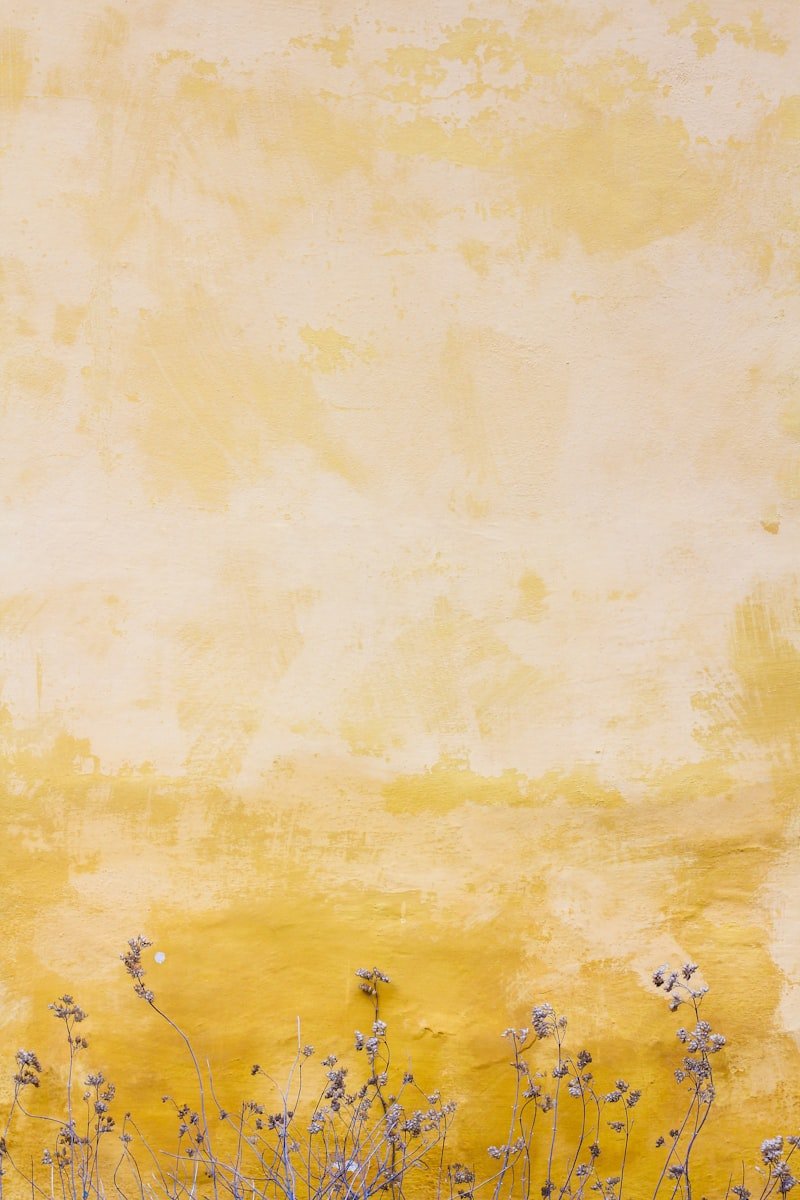One of the standout trends has been the rise of minimalism. It’s like decluttering your mind; less really is more. Brands have embraced clean lines, ample white space, and simple color palettes to convey messages more effectively. This approach not only makes designs look sleek but also helps users focus on what truly matters. Have you ever noticed how a minimalist design can feel refreshing, almost like a breath of fresh air?

Then there’s the explosion of bold typography. Gone are the days of shy fonts hiding in the background. Designers are now using typography as a central element, making statements that grab attention. It’s like shouting from the rooftops instead of whispering in a crowded room. This trend has empowered brands to express their personality and connect with audiences on a deeper level.
And let’s not forget about the vibrant colors that have taken center stage. From neon hues to pastel palettes, color has become a powerful tool for evoking emotions and setting the tone. It’s like painting with your heart; the right colors can make you feel joy, nostalgia, or even excitement.
Lastly, the integration of technology has transformed graphic design. With augmented reality and interactive elements, designs are no longer static. They invite users to engage, explore, and experience in ways we never thought possible. It’s like stepping into a story where you’re not just a spectator but a participant.
From Minimalism to Maximalism: The Graphic Design Trends That Shaped a Decade
Enter maximalism, where the mantra became “more is more.” Think of it as a vibrant party where every color, texture, and pattern is invited. It’s like walking into a room filled with eclectic art, where each piece tells a story and sparks a conversation. Designers began to embrace chaos, layering visuals and mixing styles in a way that felt both daring and refreshing. Why settle for one bold color when you can have a rainbow explosion?
This shift wasn’t just about aesthetics; it reflected a cultural craving for individuality and expression. In a world that often feels homogenized, maximalism became a canvas for personal stories and unique identities. It’s like wearing a statement necklace that turns heads, making you stand out in a sea of neutrals.
And let’s not forget the digital landscape! Social media platforms became the perfect playground for these trends. With the rise of Instagram and TikTok, designers had to capture attention in mere seconds. Maximalism thrived here, with eye-catching graphics that pop off the screen, demanding to be noticed.
So, whether you’re drawn to the calm of minimalism or the vibrant chaos of maximalism, it’s clear that graphic design has evolved into a rich tapestry of styles, each telling its own story in this ever-changing visual narrative.
Color Explosion: How Bold Palettes Redefined Graphic Design in the 2010s
Imagine walking into a room filled with vibrant hues—electric blues, fiery oranges, and zesty greens. That’s what the design world felt like during this decade. Designers began to embrace the idea that color could evoke emotions, tell stories, and even spark movements. It was as if they discovered a new box of crayons and decided to use every single one, creating a visual symphony that resonated with audiences everywhere.
But why did this shift happen? Well, think about it: with the rise of social media, brands needed to stand out in a crowded digital space. A splash of color became the secret sauce to grab attention and keep it. Just like a catchy song that gets stuck in your head, bold colors linger in our minds, making brands unforgettable.
And let’s not forget about the influence of technology! With advanced design tools at our fingertips, experimenting with color became easier than ever. Designers could play with gradients, overlays, and textures, creating eye-popping visuals that felt fresh and exciting. It was like giving a kid a paintbrush and watching them unleash their creativity on a blank canvas.
So, whether it was a vibrant logo, a striking website, or an eye-catching poster, the 2010s were all about making a statement. Bold palettes didn’t just redefine graphic design; they redefined how we experience visual communication. It was a decade where color wasn’t just an afterthought—it was the main event!
The Rise of Retro: Nostalgia as a Driving Force in Modern Graphic Design
Think about it: when you see those vibrant colors and funky fonts reminiscent of the ’80s or ’90s, don’t you feel a rush of memories? It’s as if those designs are whispering sweet nothings from your past, reminding you of simpler times. This emotional connection is what makes retro design so appealing. It taps into our collective memory, evoking feelings of comfort and familiarity.
In a world that often feels overwhelming and fast-paced, retro designs offer a delightful escape. They’re like a time machine, whisking us away to an era where life seemed a bit more carefree. Designers are cleverly blending old-school aesthetics with modern techniques, creating a unique fusion that resonates with both young and old audiences.
Moreover, brands are catching on to this trend, using retro elements to stand out in a crowded marketplace. It’s not just about looking cool; it’s about creating a narrative that connects with consumers on a deeper level. When a brand incorporates nostalgic visuals, it’s like they’re saying, “Hey, remember this? We’re part of that story too!”

So, whether it’s a vintage logo or a playful color palette, the rise of retro in graphic design is more than just a trend; it’s a celebration of our shared history and a reminder of the joy that comes from looking back. Isn’t it fascinating how something from the past can shape our present?
Typography Takes Center Stage: The Evolution of Fonts Over the Last Ten Years
Think about it: ten years ago, we were mostly stuck with the same old Arial and Times New Roman. Fast forward to now, and we’re swimming in a sea of creative possibilities. From sleek sans-serifs to quirky display fonts, the evolution of typography has been nothing short of a revolution. It’s like watching a caterpillar turn into a butterfly—fonts have blossomed into vibrant, expressive forms that can convey emotions and messages in ways we never imagined.
Have you noticed how brands are now using custom fonts to create a unique identity? It’s like they’re saying, “Hey, look at me!” A well-chosen typeface can evoke feelings of trust, excitement, or nostalgia. Just think about how Coca-Cola’s script font instantly brings a sense of joy and familiarity. That’s the power of typography!
And let’s not forget about the rise of variable fonts. These bad boys allow designers to manipulate weight, width, and slant all in one file. It’s like having a Swiss Army knife for typography! This flexibility not only saves time but also enhances creativity, allowing for a more dynamic and engaging user experience.
With the explosion of digital platforms, responsive typography has become essential. Fonts now adapt to different screen sizes, ensuring that your message is always clear and impactful, whether on a smartphone or a massive billboard. It’s a game-changer, making sure that typography remains relevant in our fast-paced, ever-evolving digital landscape.
Sustainability in Design: How Eco-Conscious Trends Are Transforming Graphic Aesthetics
Graphic designers are now embracing materials and methods that are kinder to our Earth. Think about it: instead of using traditional inks that can be harmful, many are opting for plant-based alternatives. It’s like swapping out a heavy, gas-guzzling car for a sleek, electric vehicle. The result? Designs that pop with color while leaving a lighter footprint.
And let’s talk about digital design. With the rise of eco-conscious trends, designers are creating visuals that promote sustainability, encouraging consumers to make greener choices. It’s like planting a seed in someone’s mind, nurturing it until it blossoms into action. From minimalist designs that reduce waste to packaging that’s fully recyclable, every choice counts.
But it’s not just about the materials; it’s about the message. Designers are weaving narratives of sustainability into their work, making it relatable and engaging. Have you ever seen a poster that made you stop and think about your carbon footprint? That’s the power of design! It’s a conversation starter, a way to connect with people on a deeper level.
So, as we dive deeper into this eco-conscious era, remember that sustainability in design is more than just aesthetics. It’s a commitment to a better future, one graphic at a time. Isn’t it exciting to think about how creativity can lead the charge for change?
Digital Meets Analog: The Impact of Hand-Drawn Elements in Contemporary Graphic Design
Imagine scrolling through a sleek website filled with crisp, clean lines and then stumbling upon a hand-drawn illustration. It’s like finding a handwritten note tucked inside a textbook; it adds a personal touch that feels warm and inviting. This blend of styles not only captures attention but also evokes emotions, making the design more relatable.
Hand-drawn elements can break the monotony of digital perfection. They introduce imperfections that tell a story, much like the way a well-loved book shows signs of wear. These imperfections can create a sense of authenticity, making brands feel more human and approachable. Think about it: wouldn’t you rather connect with a brand that feels genuine rather than one that seems like a faceless corporation?
Moreover, incorporating hand-drawn elements can set a brand apart in a crowded marketplace. In a sea of uniformity, a quirky doodle or a whimsical sketch can be the beacon that draws customers in. It’s like wearing a unique piece of jewelry that sparks conversation—suddenly, you’re not just another face in the crowd.
So, whether it’s a playful illustration on a product label or a hand-lettered quote on social media, the impact of hand-drawn elements in contemporary graphic design is undeniable. They bridge the gap between the digital and the analog, creating a rich tapestry of creativity that speaks to our hearts and minds.
